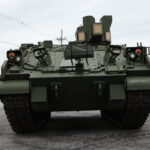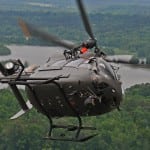
The Army’s acquisition office is looking to new data-driven costing models to inform divestiture decisions, as the service aims to shift away from certain legacy systems to fully fund modernization. Bruce Jette, the Army’s top acquisition official, told reporters Tuesday the service is making progress on a model being developed out of West Point that brings in vast amounts of data to determine the precise point when to replace a system rather than continue upgrades. “[We] are specifically looking at…

 By
By 











